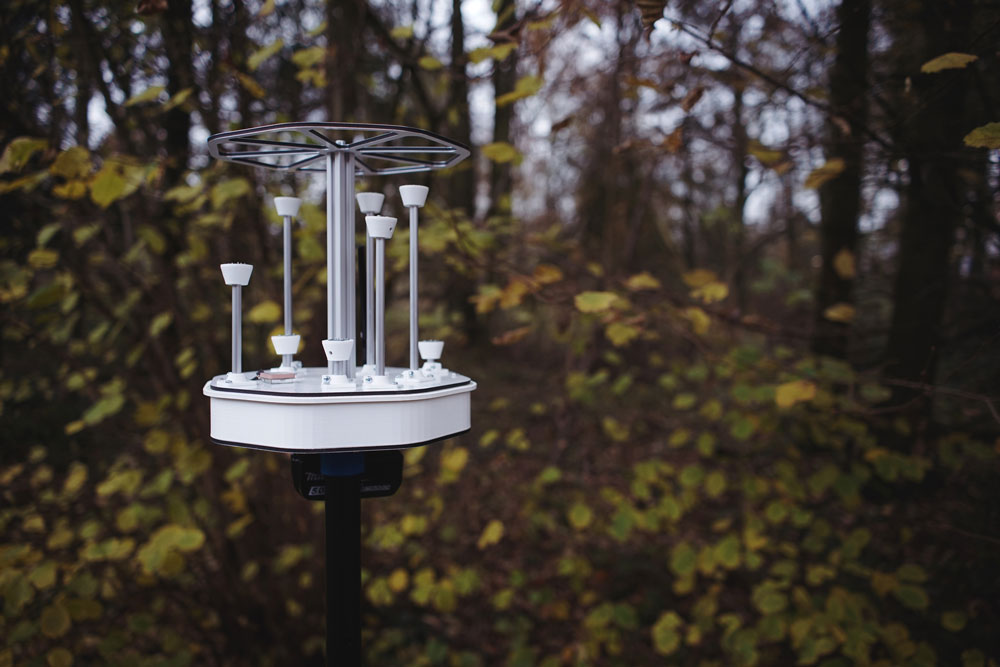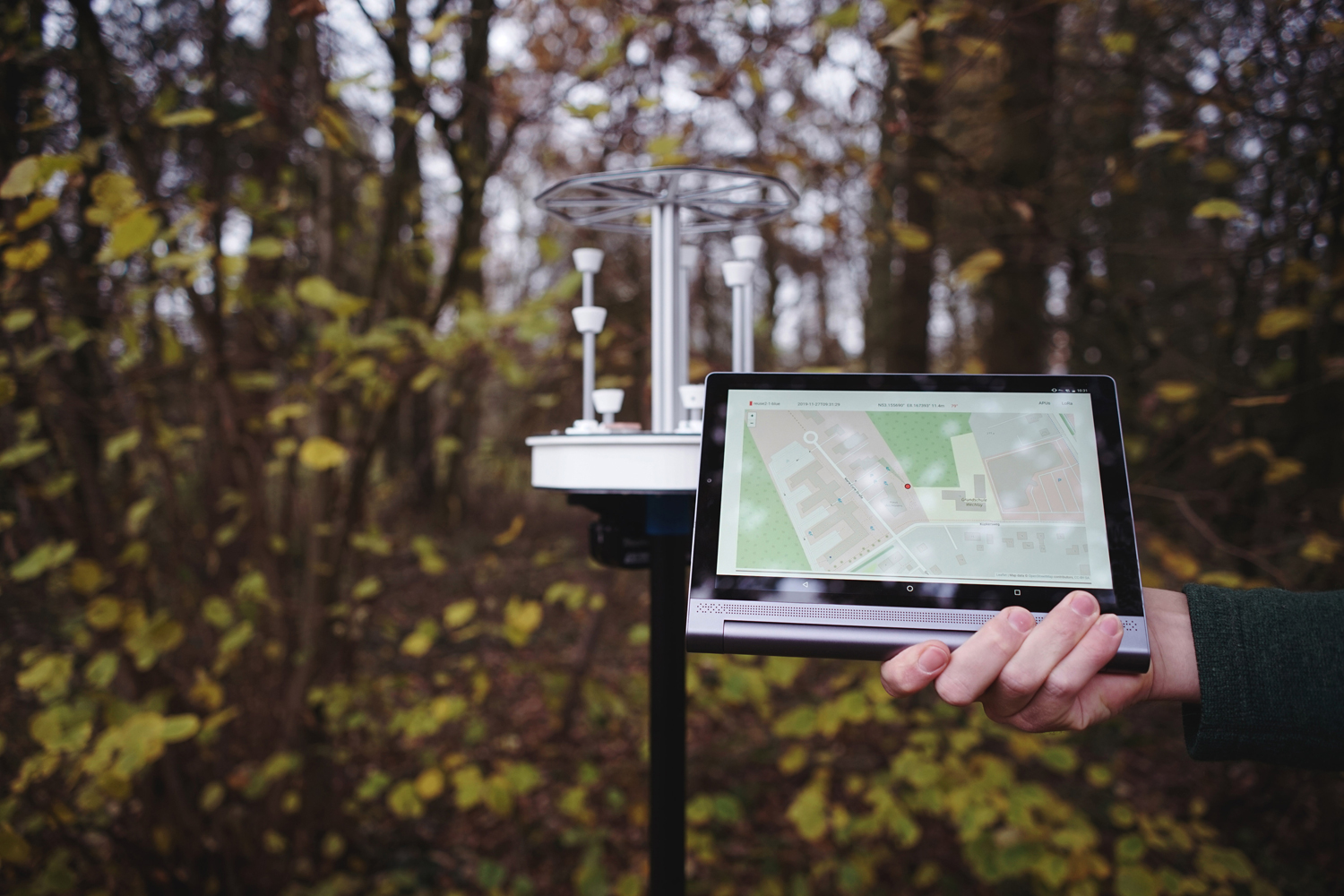Automatic Detection, Localization and Tracking of Birds and Animal Sounds by means of an Intelligent Acoustic Sensor System


Before a wind power plant is built or nature conservation measures implemented, planners gather information about the flora and fauna at the respective location. While it is quite easy to document trees and grasses, this is more difficult in the case of frogs, birds, etc. In the »DeViSe« project funded by the German Federal Environmental Foundation (DBU - Deutsche Bundesstiftung Umwelt), an acoustic sensor system is now being developed that automatically records and analyses animal sounds. The goal is to apply a species-specific approach to help protect endangered animals.
Technical possibilities to date in this area are limited or costly, or else the analysis stage is very complex and error-prone. To remedy this, the Fraunhofer IDMT in Oldenburg, in cooperation with the project partners, is developing an intelligent sensor system. A small, robust recording device with suitable software will be used to automatically record and count animal calls and assign them accurately to the respective species. For selected target species, the system will not only record their occurrence in a given area but also their exact location. This is facilitated among others by simultaneous recording with several microphones, known as sensor nodes, within sensor networks.
In the »DeViSe« project, the initial focus lies on specific animal species, such as the bird species »corncrake« (Crex crex) and the »Eurasian woodcock« (Scolopax rusticola) but also on grasshoppers in another part of the test phase. In principle, however, the technology can be used for all animal sounds.
Expert reports by environmental scientists, biologists, landscape ecologists and companies are seen as a potential application scenario for the innovative sensor system. The high-quality yet inexpensive acoustic sensor system will take into account, for example, birds’ flight paths when planning wind power plants or existing nesting places during haymaking.
 Fraunhofer Institute for Digital Media Technology IDMT
Fraunhofer Institute for Digital Media Technology IDMT